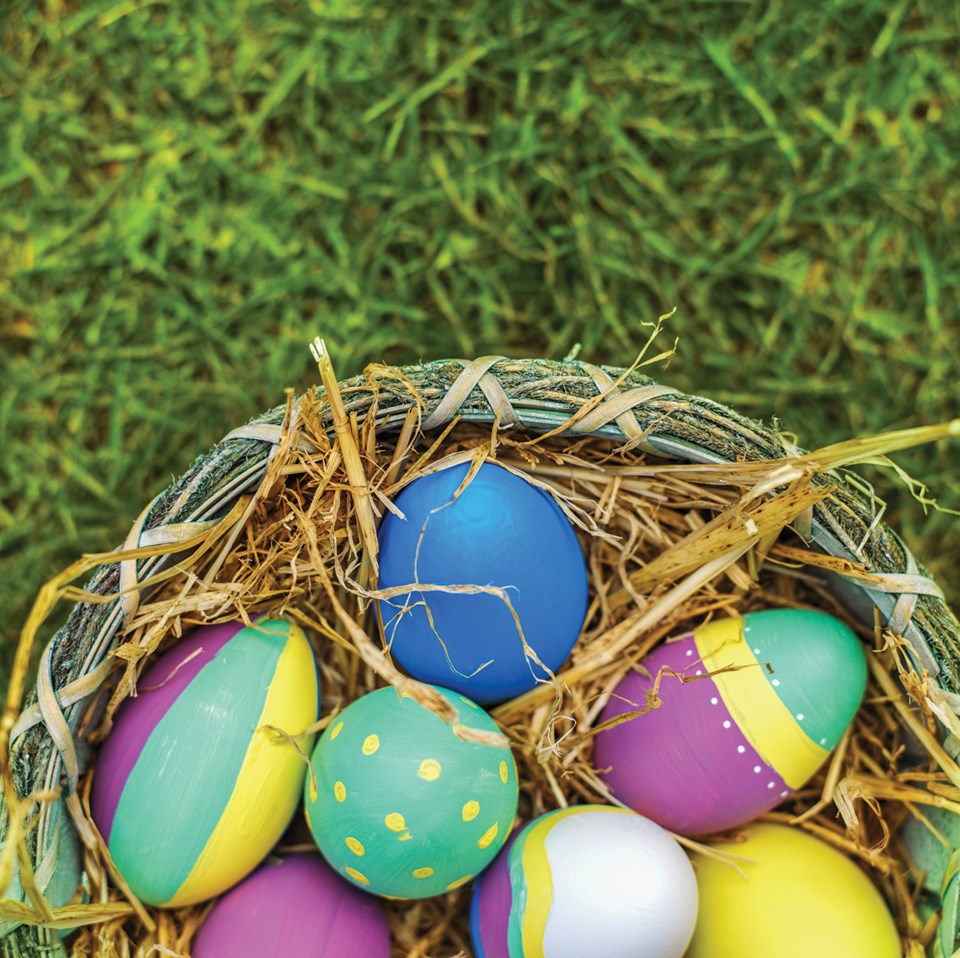Come Easter Sunday, eager children wake up to see if the Easter Bunny has visited their homes. For many families, Easter would not be the same without an annual egg hunt. From chocolate confections to money-filled plastic shells to colorful, hand-decorated hard-boiled eggs, the Easter Bunny (and his parental helpers) hide eggs all around.
As with many traditions, people may engage in the festivities without really understanding the origins behind the fun. It can be interesting to unearth just how such egg hunts were hatched.
As with many religious traditions, Easter egg coloring and hunts trace their origins to pre-Christian societies. These societies developed rituals surrounding nature, the seasons and more. Some traditions were adapted to link them to the Christian faith. Eggs held associations with new life and spring. However, early Christians turned the egg into a symbol of the Resurrection and the empty shell became a representation of Christ’s tomb. Eggs also were important components of the Easter holiday, as they were prohibited (like meat) during Lent. But on Easter, fasting ended and eggs were a part of Easter celebrations, particularly for the poor who couldn’t afford meat.
There are two widely known accounts of the origins of Easter egg hunts. The religious version has Protestant reformer Martin Luther organizing hunts for his congregation. The men would hide the eggs for women and children to find, which mirrors Resurrection accounts in the Bible in which women discovered Christ’s empty tomb. Another account traces the tradition to the Dutch tale of the “Oschter Haws” (“Osterhase” in German), which was a hare that laid eggs in the grass. Children would build and decorate nests for the eggs and wait to see if they would be populated, according to Discovery.com. This tradition became popular in America with the arrival of Dutch and German settlers in Pennsylvania in the 1700s.
By the 20th century, decorated Easter nests were replaced with baskets, and Osterhase was more affectionately known as the Easter Bunny, who chose to leave eggs as well as treats and candy. Easter celebrations continued to marry both the religious and secular to form many of the customs that are known widely today.
Easter egg hunts are enjoyed by the young and old on Easter. They’re a key part of celebrations. Just remember to find all those hard-boiled eggs in a timely fashion.



